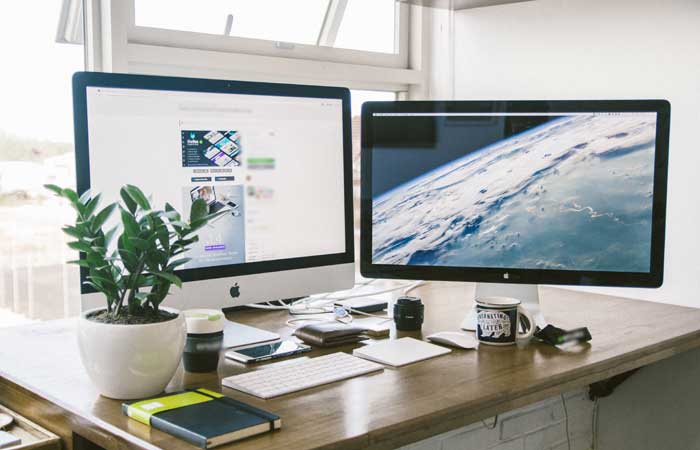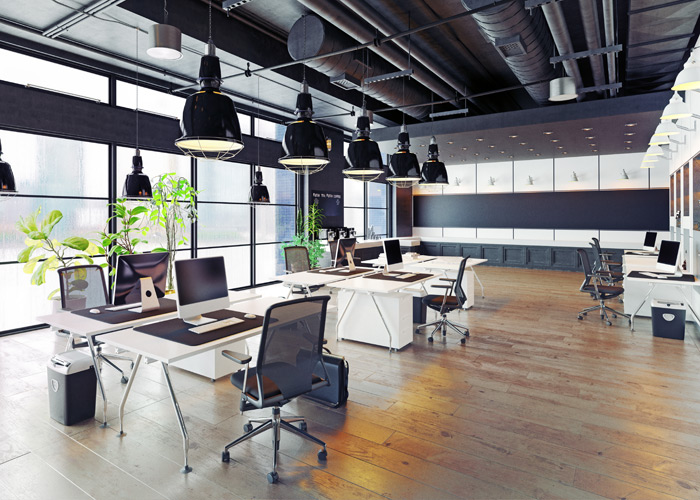Knowing which type of desk is appropriate for your office may be difficult because each desk design has a particular function. Do you require a computer desk, writing desk, or executive desk? Whichever kind of desk you select, be sure it fits your working habits and maximises your ease and effectiveness.

Types of Desks for Office
Learn about the typical office desk design, the people who benefit most from each workstation, and its advantages. Think about which desk will work best with the arrangement of your office.
Computer Desk
Computer desks are ideal for employees who do most of their work on a computer. Several features that support the usage of a computer can be found on a computer desk, such as:
- Cable holes built-in: To keep the area around your PC organized and cable-free
- Cabinets for monitors: To keep displays, wires, and computer hardware hidden from view underneath the desk.
- Stands for computers: Required to minimize neck craning and improve the visibility of computer screens. Typically, this functionality is offered alone.
Writing Desk
A flat surface on a writing desk is intended to help with handwriting tasks. Most writing desks have drawers to keep writing supplies, including paper, pencils, and other office supplies.
Lap Desk
A lap desk is ideal for people who prefer to work from a cosy location, such as a sofa or bed. The lap desk unfolds to form a higher desk area in your lap, including a breakfast-in-bed tray. A lap desk is the best option if your health prevents you from sitting at a desk all day.

Executive Desk
An executive desk supports the everyday duties of an executive. The executive desk typically features huge file drawers and storage areas, occupying more room overall. Pedestal and executive desks were identical. However, executive desks take up considerably more space.
Corner Desk
As its name implies, a corner desk is made to fit into a room’s corner. Corner desks offer great space-saving options because they give users additional space on each side to set things like coffee, papers, and office supplies. A corner desk differs from an L-shaped desk because it features a corner piece that is more comfortable for the person to sit against while facing the corner rather than a square edge.
Reception Desk
A reception desk has room for desktop computers and a sign-in page that makes it easy to communicate with visitors. The typical welcome desk has multiple levels, giving the receptionist privacy while enabling contact with workplace visitors.
Conclusion
You have many alternatives for outfitting your office, from modest computer workstations to reception desks. The desk you select depends upon your requirements, existing decor, and a spending limit. Why not look at the different kinds of desks to help you choose the ideal desk for the area if you need to set up your home office and workspace?




